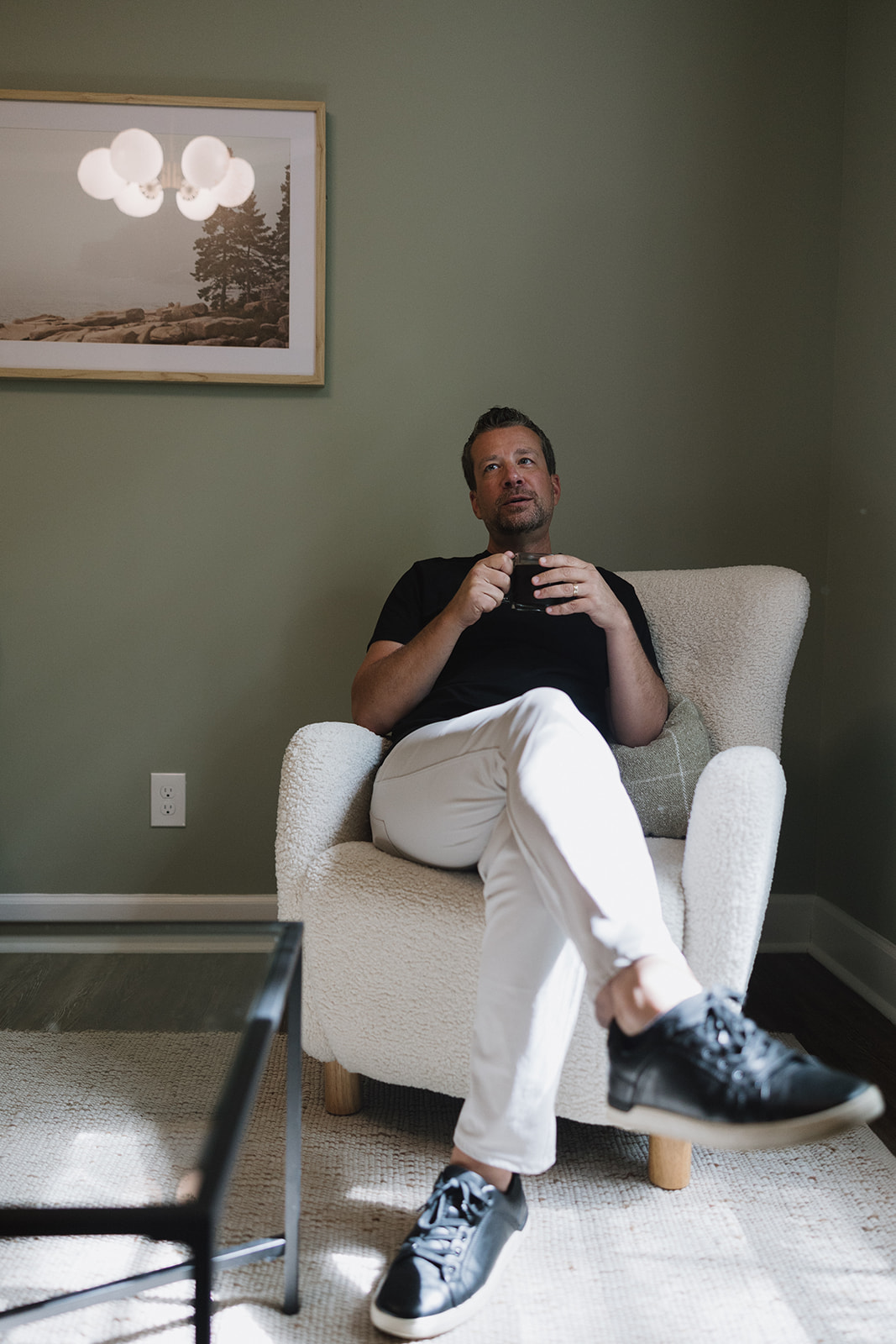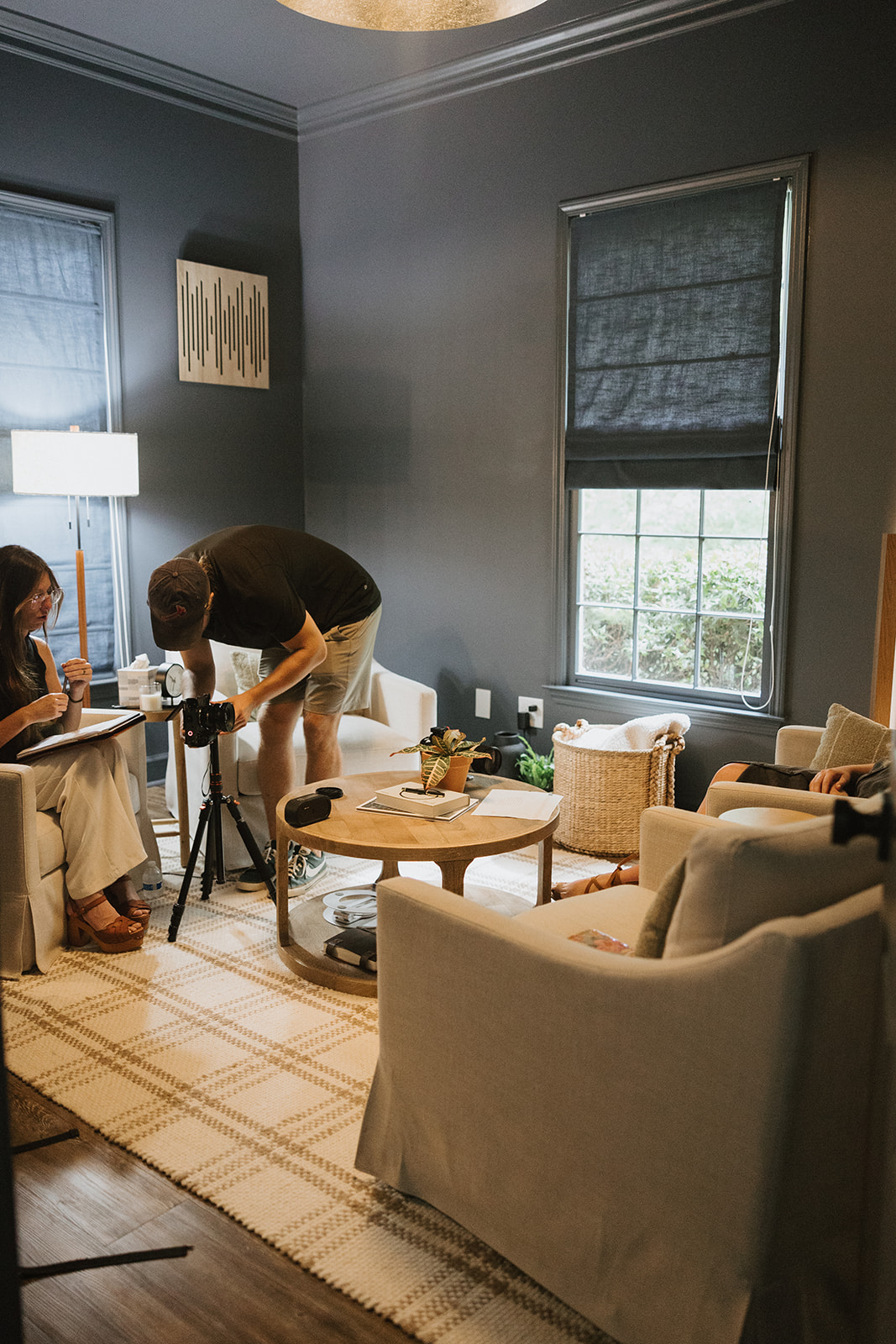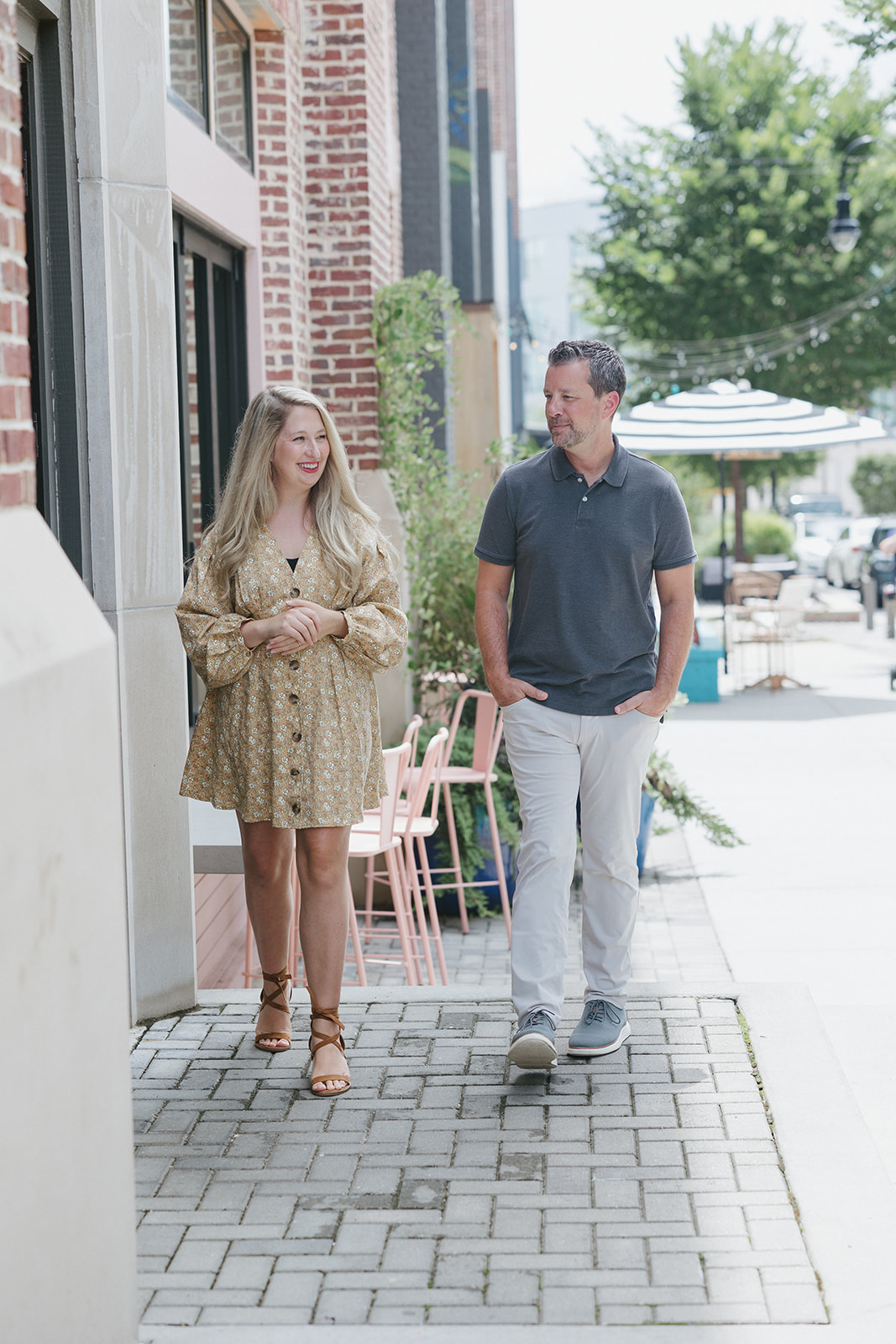Winter often blankets the world in serene snowfall, but for some, it also casts a shadow on mental well-being. Seasonal Affective Disorder (SAD) is a form of depression that surfaces during specific seasons, most commonly in the winter months when sunlight dwindles. Understanding and addressing this condition can empower individuals to embrace the winter blues with resilience. Here\’s a guide to navigating Seasonal Affective Disorder and three practical coping skills to illuminate even the coldest days.
Understanding the Shadows: Decoding Seasonal Affective Disorder
As winter descends, so does the potential for Seasonal Affective Disorder, a type of depression that follows a seasonal pattern, often beginning in late fall and continuing into winter. The key factors contributing to SAD are reduced exposure to sunlight and disruptions in circadian rhythms. This combination can trigger a cascade of symptoms, including:
- Mood Changes: Persistent feelings of sadness, irritability, and hopelessness.
- Energy Fluctuations: Low energy levels, accompanied by a desire to sleep more.
- Social Withdrawal: A tendency to isolate oneself and avoid social activities.
- Appetite and Weight Changes: Cravings for carbohydrates and subsequent weight gain.
- Difficulty Concentrating: Struggles with focus and decision-making.
Coping Skills to Illuminate the Winter Days:
- Harnessing the Power of Light: Light therapy, or phototherapy, is a cornerstone in managing SAD. Mimicking natural sunlight, light therapy involves exposure to a bright light, usually with a lightbox. Incorporating this practice into your daily routine, especially in the morning, can help regulate circadian rhythms and alleviate depressive symptoms. Creating a dedicated space for light therapy at home adds a consistent ray of sunshine to your winter days.
- Embracing the Outdoors: While the winter landscape might seem uninviting, stepping outside can be a powerful antidote to SAD. Natural light, even on cloudy days, provides a boost to serotonin levels, enhancing mood. Engage in outdoor activities you enjoy, whether it\’s a brisk walk, winter sports, or simply immersing yourself in the serenity of nature. Bundle up, breathe in the crisp air, and let the winter scenery become a canvas of tranquility.
- Prioritizing Holistic Well-being: Elevate your holistic well-being to combat the winter blues. Establish a self-care routine that encompasses physical, mental, and emotional dimensions. Regular exercise, even in the form of indoor workouts, enhances mood and energy levels. Embrace mindfulness practices, such as meditation and deep-breathing exercises, to cultivate mental resilience. Connecting with loved ones, whether virtually or in person, fosters social bonds that counteract isolation.
The Winter Canvas: Painting a Picture of Resilience
Acknowledging the challenges of Seasonal Affective Disorder doesn\’t mean giving into to the winter blues; instead, it\’s an invitation to paint a canvas of resilience and well-being. By understanding the shadows of SAD and incorporating practical coping skills, individuals can navigate the winter with a renewed sense of empowerment. Embrace the beauty of the winter landscape, both outside your window and within yourself, as you illuminate the path toward brighter, more resilient days.











